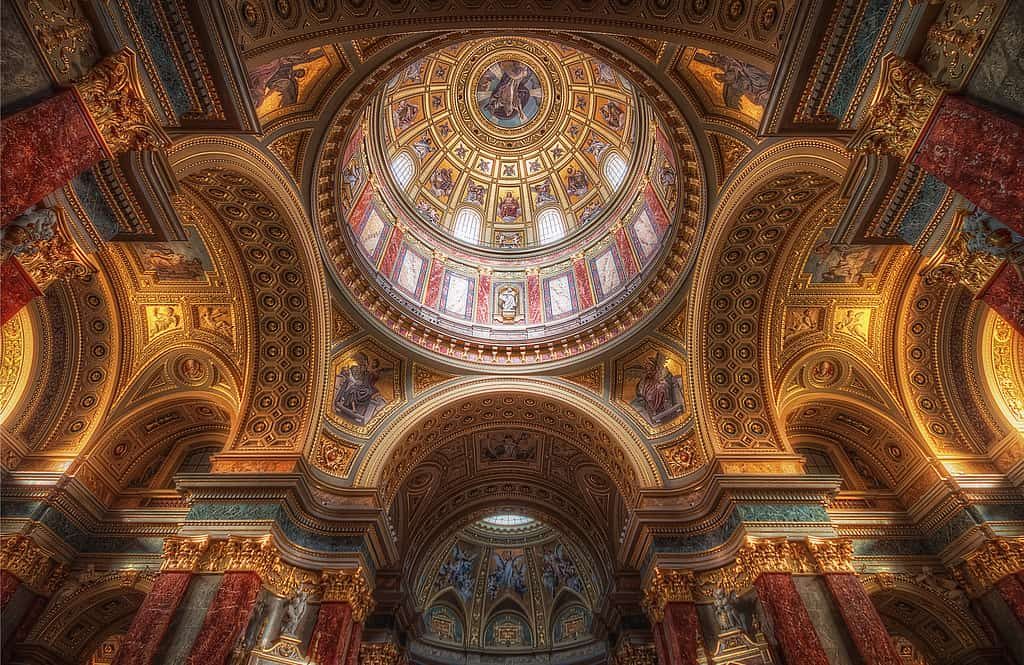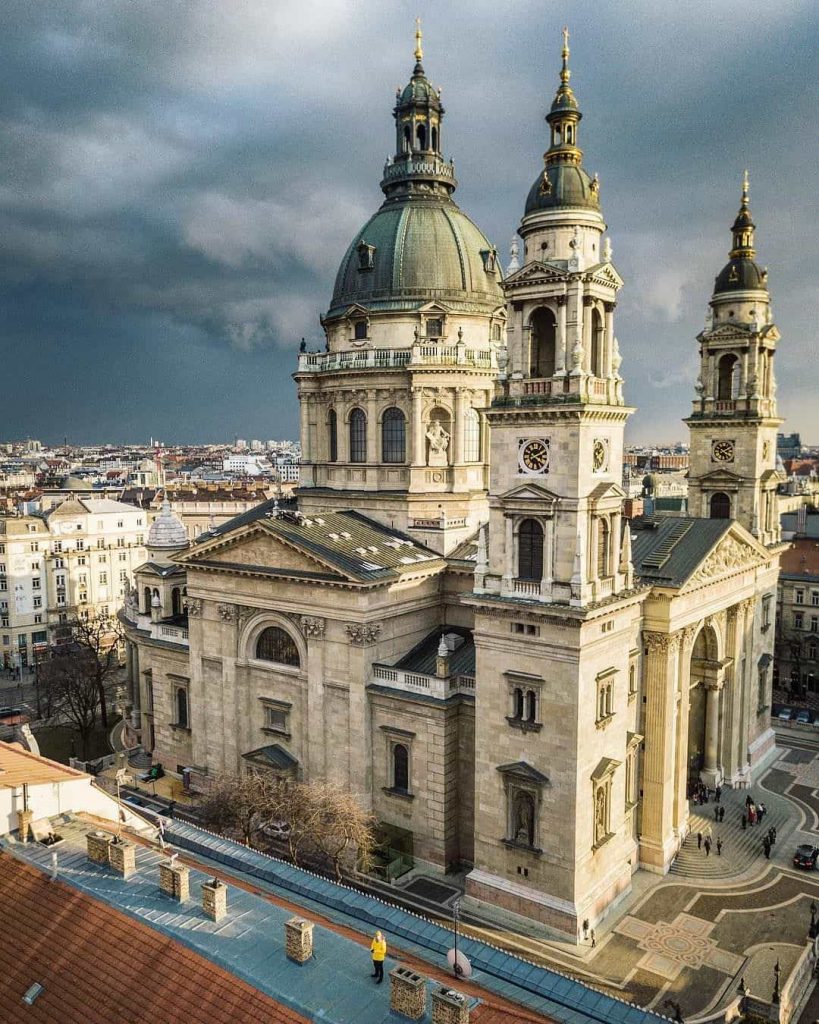

CONTACT US
1052 Budapest, Jane Haining Quay, Dock 11.
Customer support is available daily from 9:00 to 22:00.
Budapest, Jane Haining Quay, Dokk 11, 1052

The Hungarian capital city is famous for its imposing buildings which represent the best moments of Budapest history. Some of them were built centuries ago while others are from the second part of the 19th century. Most buildings from this latter group have items of gothic, classicist, or renaissance styles, and some of them were built for the celebration of the millennium of the Hungarian Conquest such as the Fisherman’s Bastion.

If Budapest weather is good, it’s worth booking a cruise because many representative buildings can be seen from the River Danube. St. Stephen’s Basilica is one of the best-known historical buildings of Budapest. It was built between 1851 and 1906 and designed by József Hild and Miklós Ybl. This is one of the most significant Hungarian churches and very common tourists sight at the same time. From a religious aspect, this is the major site of St Stephen’s cult. The basilica has received its name from the first Hungarian king who founded the Hungarian state and had a great role in the Christian conversion among Hungarians. His intact right hand is served here as a relic; it’s called the ‘Saint Right’. The church received the status of ‘minor basilica’ in 1931.
The basilica is 96 m high so it’s one of the highest buildings in the country. The first plans showed more classicist features, but there were some alterations made, especially on the frontage. Finally, it was built in neo-renaissance style.
St. Stephen´s Basilica interior is extremely rich in works of art. God is portrayed in the circle field of the cupola above the apse, while other works represent prophets, evangelists, and saints. Most of them are created by Bertalan Szekely, Károly Lotz, and Mór Than; all of them were talented and popular painters. Mosaics by Gyula Benczúr and relieves by Károly Senyei or Ede Mayer show moments from St Stephen’s life. We must also mention the wonderful and colorful glass windows which were made by Miksa Róth and the fabulous gilding all over the church. Moreover, you can adore several altarpieces and statues of Hungarian and foreign saints. The statue of St Stephen can be seen on the altar with a canopy which was designed by József Kauser. This imposing statue was made by Alajos Stróbl.

In former times, the Archives of Budapest worked in the undercroft of st stephen’s basilica budapest. Nowadays it has moved away, and it’s a funerary place. Some famous sportsmen, artists, and scientists are buried here, such as Ferenc Puskas (football-player and Olympic champion), Antal Bejeczy (worked by the NASA), Lenke Loran actress, László Aradszky singer, or Mrs. Vikar Katalin Forrai music teacher.

The basilica has 6 bells. The biggest one works only on the 20th of August (on this Hungarian national holiday the new bread and St Stephan King are celebrated – if you are interested, how we celebrate this day, visit one or our dinner cruises and watch the famous firework from the Danube River: Folklore and operetta show and piano battle show), on New Year’s Eve at midnight, and also on some other major holidays. This weights 9250 kgs and its diameter is 240 cm. This is the largest bell in the whole country and it was named for St Stephen. However, it is not original – its predecessor was taken away and used for military aims during the 2nd world war. The only original bell is the second biggest one; it’s called Nagyboldogasszony (incorrectly refers to Mary, mother of Jesus).
It is a profane and interesting fact that on the place of St. Stephen´s Basilica was a kind of theatre in the 18th century. Moreover, not cultural plays were performed there; it was a place for fights of animals.
This basilica has an important role not only in Hungarian history and religious life but also in cultural life, especially in the field of music. From its dedication, significant and talented organists such as Aladar Zalanffy or Sebestyén Pécsi have been working there. Choir of the church is also famous; it was found in 1909 by Jenő Stojanivics. In the last century, the choir has made several music tours in Europe during which they performed both classic and contemporary plays. In most months of the year, classical concerts are organized in the basilica. The other common site for such programs is the Mathias Church.